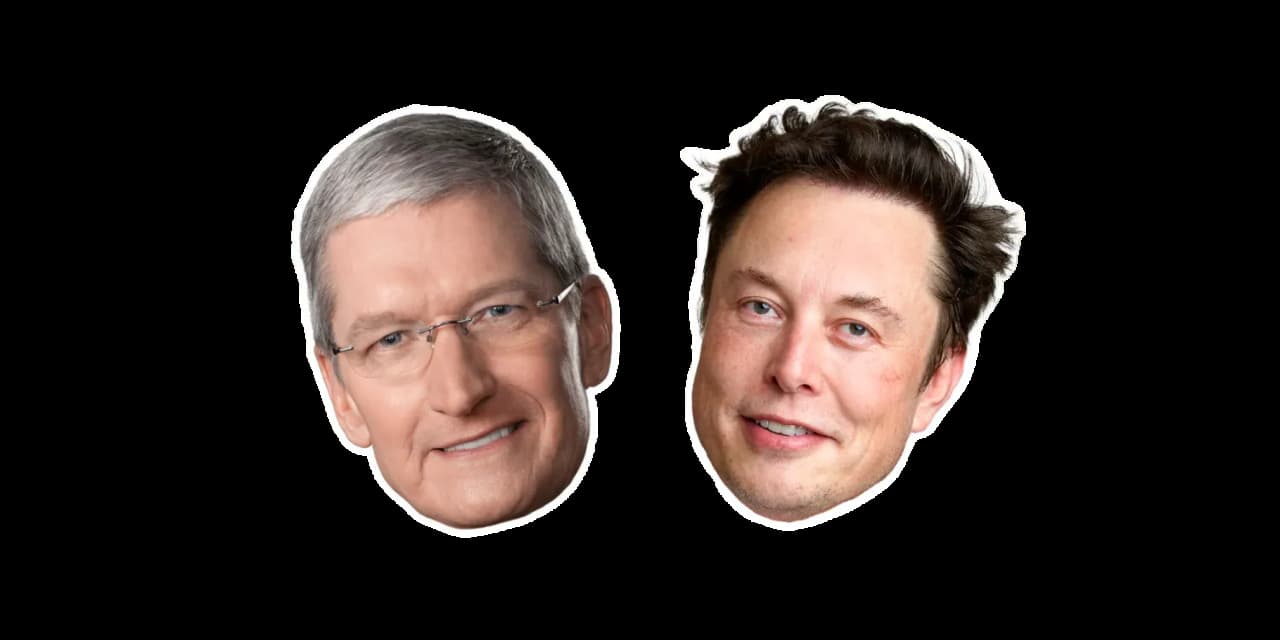Key Takeaways
- Social media platforms like Instagram have life cycles similar to older apps like MySpace and Orkut.
- Instagram’s growth is linked to features copied from other platforms, including Stories and Reels.
- TikTok’s rise and potential fall, alongside Instagram’s issues, highlight a shifting social media landscape.
- Platforms like YouTube and LinkedIn are emerging as key players in the evolving digital world.
- The impact of social media on mental health and user behavior raises concerns about its long-term sustainability.
In the ever-evolving world of social media, it’s clear that no platform stays on top forever. Just as MySpace and Orkut once ruled the digital landscape, today’s giants like Instagram may face their own challenges. Let’s dive into the current state of social media and explore what the future might hold.
The Rise and Fall of Social Media Platforms
Every social media app has a life cycle. MySpace, once a favorite, was replaced by Facebook. Twitter, once a major player, is now struggling. Instagram, a current favorite, is also facing its share of challenges.
Instagram’s Journey
Instagram started as a photo-sharing app and quickly became one of the most addictive platforms. It gained massive popularity by introducing Stories, a feature borrowed from Snapchat, and Reels, which mimics TikTok’s short video format. While these features helped Instagram thrive, they also reveal a troubling trend: platforms often survive by copying successful ideas rather than innovating.
Despite its popularity, Instagram faced a notable issue in 2023. It became one of the most deleted apps. Why? Its addictive nature and the negative impact on mental health led many users to reconsider their social media habits.
TikTok: From Rise to Possible Fall
TikTok, initially the most downloaded app globally, has seen a decline. The app’s original concept of short, engaging videos was a hit, but it also faced regulatory hurdles and competition. Despite its challenges, TikTok’s influence on Instagram’s Reels is evident, showcasing how trends in social media can rapidly shift.
The Impact of Social Media on Mental Health
Social media platforms are designed to keep you hooked. Algorithms are created to present content that you’re likely to engage with, encouraging you to spend more time on the app. This design often leads to what many call “doomscrolling,” where users endlessly scroll through content without gaining much value.
The Addictive Nature of Reels
Instagram Reels, for instance, offer quick dopamine hits through short, engaging videos. While these can be entertaining, they also contribute to a cycle of addiction. Users spend hours watching Reels without retaining much information. The immediate gratification from these short clips might seem appealing, but it can have long-term negative effects on your mental health and productivity.
YouTube’s Unique Position
Unlike Instagram and TikTok, YouTube has carved out a unique niche. It has become a significant competitor to traditional TV and streaming services. YouTube’s vast video library and long-form content offer something different from the short, addictive videos of Instagram and TikTok.
YouTube Shorts: A New Challenge
YouTube introduced Shorts to compete with TikTok and Instagram Reels. However, Shorts hasn’t been as successful as YouTube hoped. While it provides a platform for short videos, it doesn’t yet match the profitability or engagement levels of longer videos. Despite this, YouTube’s status as the second-largest search engine and its revenue-sharing model with creators give it a strong advantage.
LinkedIn’s Growing Influence
LinkedIn is another platform worth watching. Backed by Microsoft, LinkedIn offers a unique approach to social media, focusing on professional networking. It’s growing steadily and may become a significant player in the social media space, especially for professional content and networking opportunities.
The Bot Problem
Many social media platforms, including Instagram, struggle with bot accounts. These fake profiles can inflate follower counts and skew engagement metrics. Platforms often turn a blind eye to these issues because they boost the perceived popularity of accounts, which in turn makes them more appealing to advertisers. This practice raises concerns about the authenticity of user interactions and the overall reliability of social media metrics.
Looking Ahead: What’s Next?
As we move forward, several trends are shaping the future of social media:
- Increased Regulation: Governments are likely to impose stricter regulations on data privacy and social media practices.
- Emerging Platforms: New social media apps will continue to emerge, potentially challenging established players.
- User Preferences: Users may increasingly shift towards platforms that offer more meaningful interactions and less addictive content.
Conclusion
Social media platforms like Instagram, TikTok, and YouTube have transformed how we interact online, but they are not immune to change. While Instagram remains popular, its addictive nature and the rise of new competitors suggest that its dominance might not last forever. Platforms like YouTube and LinkedIn are positioning themselves as key players in this evolving landscape.
As social media continues to develop, it’s crucial to be aware of how these platforms affect your mental health and overall well-being. Use them wisely, stay informed about their impact, and be open to exploring new and emerging platforms that might offer better value and healthier engagement.











